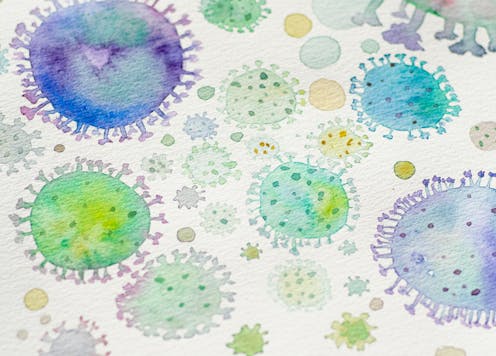Diseases gave us the rise of Christianity, the end of the Aztecs and public sanitation. How might future plagues change human history?
- Written by Adrian Esterman, Professor of Biostatistics and Epidemiology, University of South Australia

“Every once in a while a book lands on your desk that changes the way you perceive the world you live in, a book that fundamentally challenges your understanding of human history.” So began the blurb that came with this book. Aha! I thought. The usual advertising hyperbole, a gross exaggeration.
Yet Pathogenesis[1] did challenge much of my understanding of world history. Who knew that if it wasn’t for an Ebola-like pandemic in the 2nd century CE, Christianity would never have become a world religion? Or that if it weren’t for retroviruses, women would be laying eggs rather than having live births? (According to Kennedy, a retrovirus inserted DNA into our ancestor’s genome that caused the placenta to develop.)
Book review: Pathogenesis: How germs made history – by Jonathan Kennedy (Torva)

















